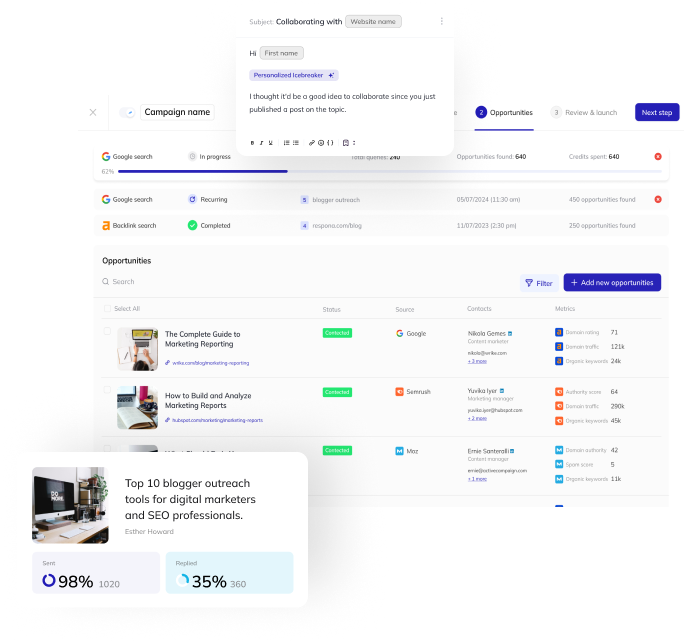Redirect
What is a Redirect?
A redirect is a way to automatically send a user from one web page to another.
Redirects are often used to automatically send a user to a new page after they have filled out a form, or to send them to a new page if they try to access a page that does not exist.
Reasons for redirecting
- To improve website navigation
Redirects can be used to improve the navigation of a website by directing users to the most relevant page. This can be especially useful if a website has been redesigned and the old URLs need to be redirected to the new pages.
- To avoid duplicate content
If the same content is accessible via multiple URLs, search engines may penalize the site for having duplicate content. Redirecting to a single URL can help avoid this issue.
- To target a different audience
A website may need to redirect users to a different version of the site depending on their location or device. This can be done using browser detection or IP geolocation.
- To improve search engine optimization
Redirecting to a page with the correct keyword in the URL can help improve search engine optimization.
- To track clicks and referrals
Redirects can be used to track clicks and referrals from other websites. This information can be useful for marketing and advertising purposes.
- To manage website errors
Redirects can be used to manage website errors such as 404 pages. This can help improve the user experience on a website.
Benefits of redirects
There are many benefits of setting up a redirect, including:
- Helping users find the content they’re looking for
If you’ve ever changed the URL of a page on your website, you know that it can be frustrating for users to try to find the new page if they don’t know the new URL. By setting up a redirect, you can automatically send users to the new page, ensuring they can find the content they’re looking for.
- Improving your website’s security
A redirect can be used to send users from an HTTP page to an HTTPS page, ensuring that their connection is secure.
- Boosting your SEO
Redirects can help to ensure that search engines are indexing your latest content. For example, if you’ve recently changed the URL of a page, you can set up a redirect from the old URL to the new URL, telling search engines to index the new page.
- Saving time
Once a redirect is set up, it will automatically send users and search engines to the new URL, without you having to do anything. This can save you a lot of time, especially if you have a lot of pages on your website.
Redirect Example
Here is an example of our own link redirect:

How to Set Up a Redirect?
There are a few different ways that you can set up a redirect, but the most common is to use an .htaccess file.
- Log in to your server via FTP.
- Download the .htaccess file to your computer.
- Edit the .htaccess file in a text editor, such as Notepad.
- Add the following lines of code to the .htaccess file, replacing oldpage.html with the URL of the page you want to redirect, and newpage.html with the URL of the page you want to redirect to:
Redirect oldpage.html newpage.html
Once done, save the .htaccess file and upload it to your server.
That’s all there is to it! Once you’ve added the redirect code to your .htaccess file, users who try to access oldpage.html will be automatically redirected to newpage.html.
Bottom Line
Redirects are a valuable tool in any webmaster’s pocket and make their life a lot easier.
Still, some precautions must be taken in order not to create redirect loops.

